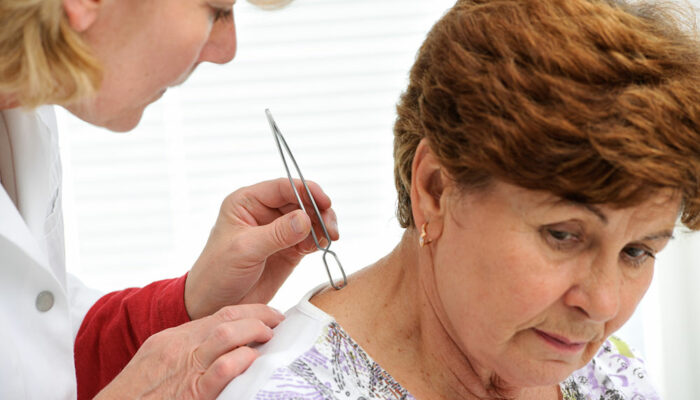
health
5 key signs of vasculitis
Vasculitis is a condition that causes inflammation in blood vessels, leading to changes like narrowing and thickening of the vessels. As a result, adequate blood and nutrition may not reach all parts of the body, causing multiple health issues. Nevertheless, by recognizing the signs of the condition, one can seek an early diagnosis and treatment options for preventing further complications. So, here are a few common symptoms of vasculitis to recognize: Fever Vasculitis flare-ups are often characterized by fevers, as over time, the disease tends to negatively affect the immune system. As a result, when dealing with the condition, one may experience frequent infections and illnesses. Fever is a sign of the body fighting back against such health issues. So, if one experiences unexplained fever often, then they should get examined for vasculitis. Fatigue Vasculitis makes the blood vessels narrower, restricting blood flow. As a result, various parts of the body, including the brain and lungs, may be unable to get enough oxygen and nutrients through the blood. This restricted supply of blood can cause feelings of tiredness after engaging in routine tasks, such as climbing a flight of stairs. Stomach ulcers The stomach and intestines can also be affected by this condition.
Read More 








